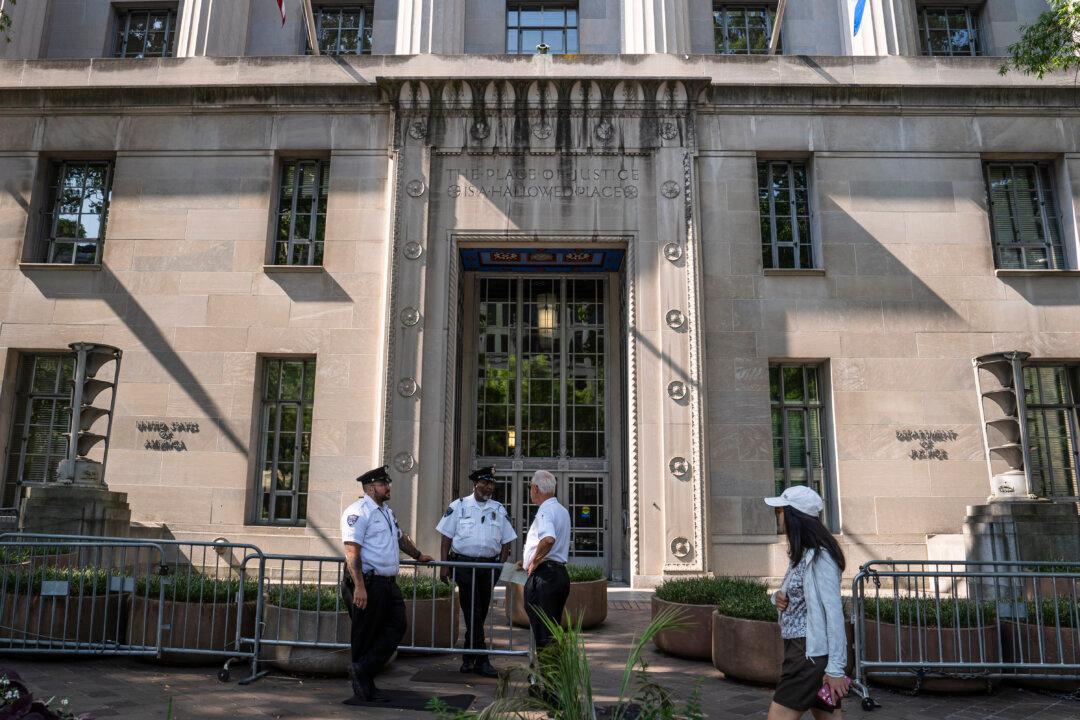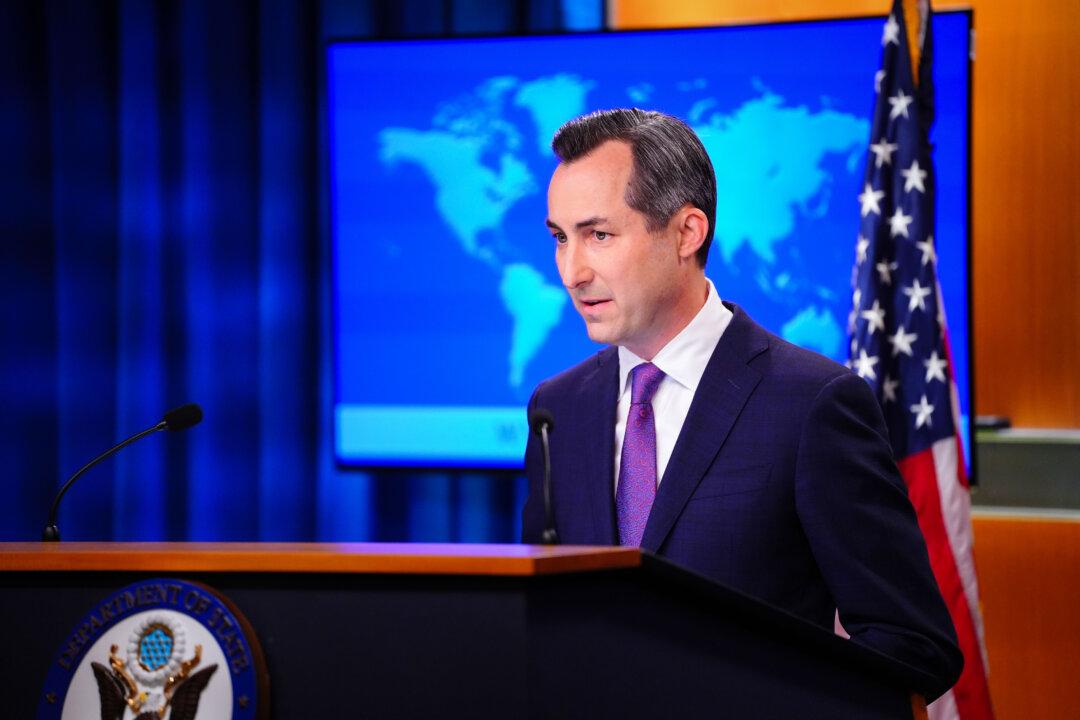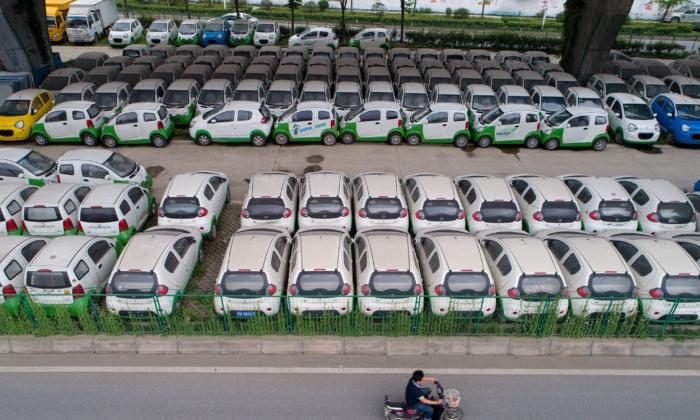Two of Tesla’s electric car fires are now being investigated by the National Highway Traffic Safety Administration (NHTSA)—at the request of the company.
Because of three fires in less than six weeks, the company’s stock dropped sharply after a massive rally in 2013 and despite vocal support for the company’s products. All three drivers of the Tesla Model S cars that caught fire have said they plan to purchase a replacement.
One of the fires was due to reckless driving—resulting in a violent crash but no injuries—so the NHTSA is only investigating the other two incidents prompted by “undercarriage strikes” in Wash. and Tenn. Both fires happened after the cars hit chunks of metal debris left on the highway and caused no injuries.
Monday night, before the NHTSA’s announcement, Tesla Motors Co. CEO Elon Musk outlined in a blog post three points of action the company would take to prove the safety of the cars, as “the evidence is clear there is no safer car on the road than the Model S.”
The company is updating the air suspension so there is more clearance between the battery pack and the earth, and another update will be available in Jan. to let the driver control that height.
Musk has also requested the NHTSA to conduct a full investigation as soon as possible to clear the “false perception about the safety of electric cars.”
And lastly, the company is changing their warranty policy to cover fire damage, even if caused by driver error.
“Either our belief in the safety of our car is correct and this is a minor cost or we are wrong, in which case the right thing is for Tesla to bear the cost rather than the car buyer,” Musk wrote.
Musk wrote the misperception of electric vehicle safety is interfering with Tesla’s mission—an environmental one—to create affordable electric vehicles and move sustainable transportation forward.
Regulator Opens Tesla Fire Investigation
Tesla hopes investigation will improve perception of electric vehicles

Two Tesla Model S cars at a Tesla showroom in Palo Alto, Calif., Nov. 5. Justin Sullivan/Getty Images

Updated:



